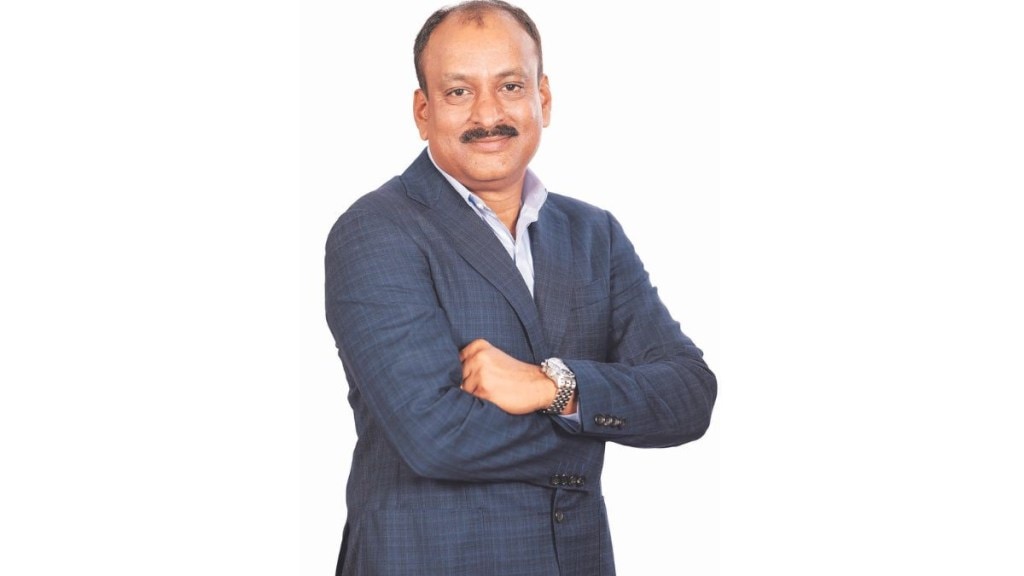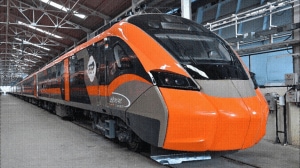The landscape of generative AI (GenAI) presents a disparity between hype and reality. Its current state primarily focuses on generating variations of predefined outputs rather than conceiving novel ideas for complex problem-solving, says Tilak Doddapaneni, executive vice-president and global head of engineering, Publicis Sapient. In a recent interview with Sudhir Chowdhary, he says the role of CIOs, is not just about grappling with AI alone; rather, it’s about steering the ship through uncharted waters. Excerpts:
What are the areas GenAI will impact the most?
The profound influence of Gen AI will be most notable in the fundamental transformation of user interfaces, extending beyond mere chatbots. We are talking about a fundamental overhaul. Understanding the specific needs of users, both external and internal, in this transformed environment is pivotal.
This shift will redefine interactions across industries, from e-commerce to healthcare, and beyond. It’s about rethinking the way we design user experiences, fundamentally changing how individuals engage with digital platforms. Embracing this change is crucial for businesses aiming to excel in customer-centric digital solutions.
Talk to us about Publicis Sapient’s initiatives to stay ahead in today’s dynamic tech landscape.
We have long been at the forefront of AI, which is part of our wider suite of digital business transformation capabilities. Our recent acquisition of Publicis Sapient AI Labs and the launch of PS Hummingbird, a joint venture with Tquila, are just a few examples of how we are expanding our generative AI offerings.
We have also invested in training programmes to upskill our people, ensuring they remain adaptable and ready to embrace emerging tech trends. These initiatives are enabling us to stay ahead in the ever-evolving digital landscape while providing our clients with innovative solutions that drive business growth.
What are some of the strategies CIOs will deploy to seamlessly integrate transformative technologies with business goals?
To me, it’s clear that the primary focus of CIOs will be to align with business teams to decode and leverage Gen AI’s influence. It’s not just a trend; it’s at the heart of conversations everywhere, from board meetings to the boots on the ground. The urgency to understand Gen AI, equip teams with necessary tools, and outline viable business cases has never been more pressing. Being proactive in navigating these waters is no longer an option but a mandate.
For CIOs, their role will not be about grappling with AI alone; rather, it’s about steering the ship through uncharted waters. It’s about orchestrating a harmonious synergy between technology and business imperatives, ensuring that we not only adapt but thrive in this era of transformative advancements.
Data engineering is going to be more crucial now than ever. What specific areas within this domain are CIOs prioritising to be more adaptable in response to the evolving tech landscape?
CIOs are increasingly focusing on establishing the core data architecture. A substantial portion of efforts will be directed towards this field. It involves critical tasks such as ensuring data is formatted appropriately, placing it in optimal locations for effective model training, verifying the accuracy of data versions, and conducting thorough assessments of our existing data platforms like warehouses and customer data platforms (CDPs). This strong focus on data engineering is crucial and needs concentrated attention and investment, keeping in view the changing tech landscape ahead.
How are tech leaders balancing system flexibility with the demand for resource efficiency?
As technology continues to rapidly evolve, tech leaders are faced with the challenge of balancing the need for system flexibility with the demand for resource efficiency. Achieving this will require establishing robust architectural abstractions that can protect systems from the swift changes happening in the tech domain.
At the same time, it is equally important to have a deep understanding of the expenses involved in implementing these abstractions. By doing so, tech leaders can make informed decisions about which technologies to adopt and which to avoid, ensuring that their systems remain adaptable and efficient. Ultimately, the key to success in this ever-changing landscape is to strike a delicate balance between flexibility and efficiency, while always keeping an eye on the bottom line.








